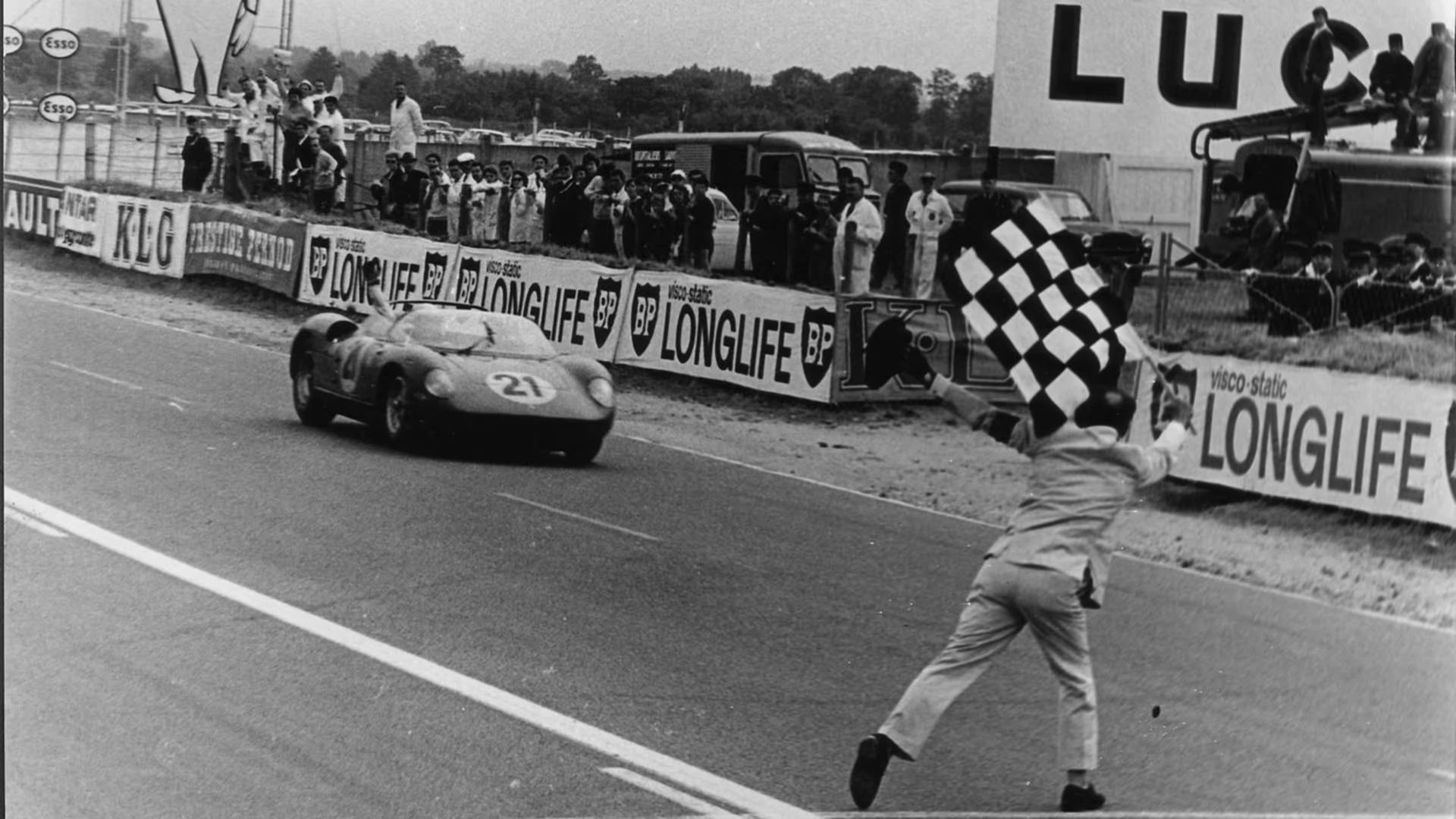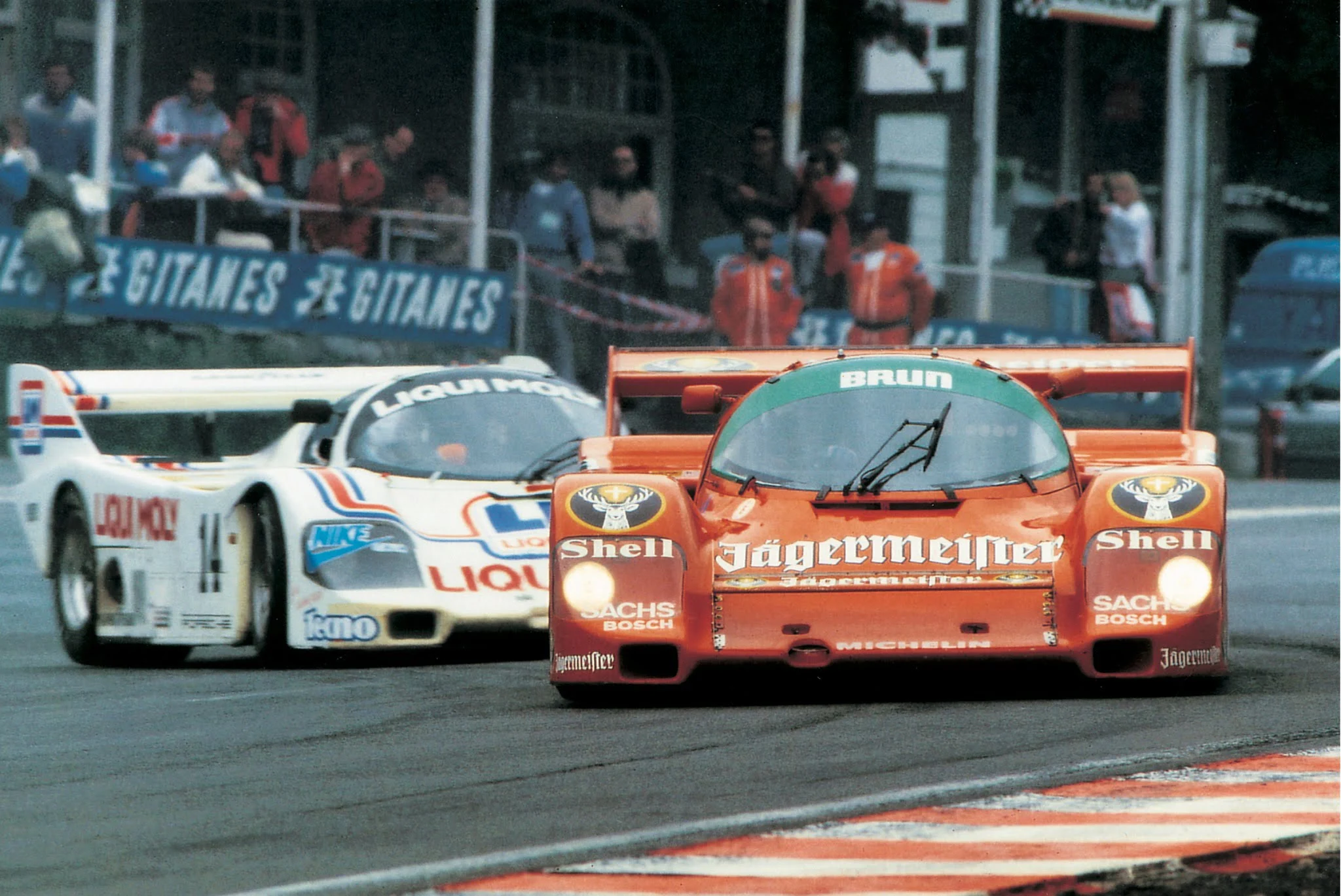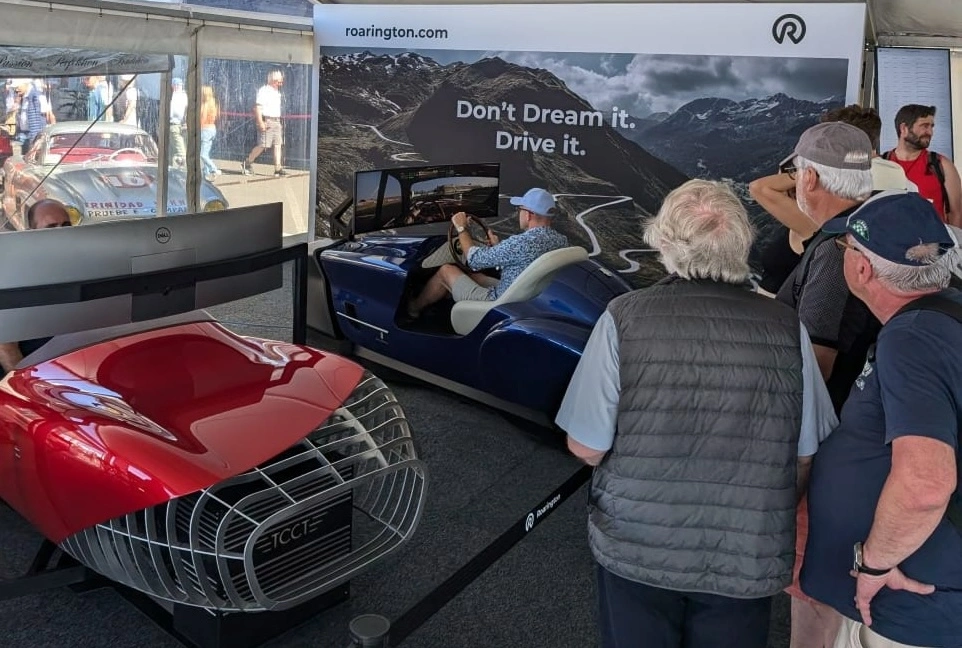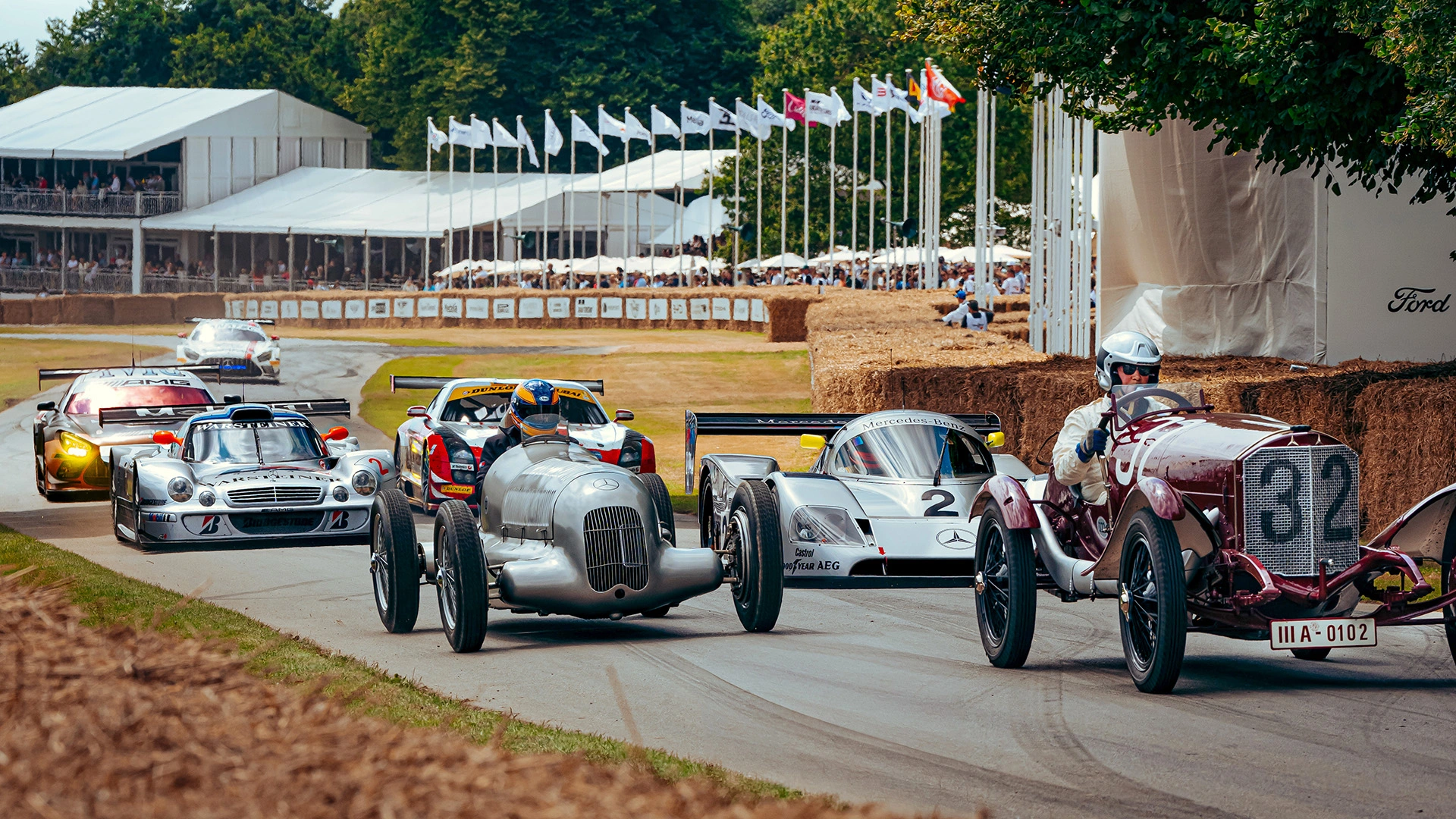Motorsport Mysteries – The Driver Who Wanted to Win Without Driving
01 February 2025 7 min read 4 images

Photo credit: 24 Hours of Le Mans, Ferrari, Wheelsage
In over a century of motorsport history, there have been many mysteries and controversies, sometimes technical and other times "human", that have contributed to the creation of legends. Legends that, very often, were not confirmed by the facts. Some examples? Paul Frère and Olivier Gendebien in 1960 at the 24 Hours of Le Mans, the year when a regulation change required much taller windshields. With their open Ferrari sports car and poor visibility in torrential rain, they used cushions on their seats to see better. They won! The regulation was respected, but the spirit betrayed. Yet, no penalties or disqualifications followed.
Register to unlock this article
Signing up is free and gives you access to hundreds of articles and additional benefits. See what’s included in your free membership. See what's included in your free membership.
Already have an account? Log In


